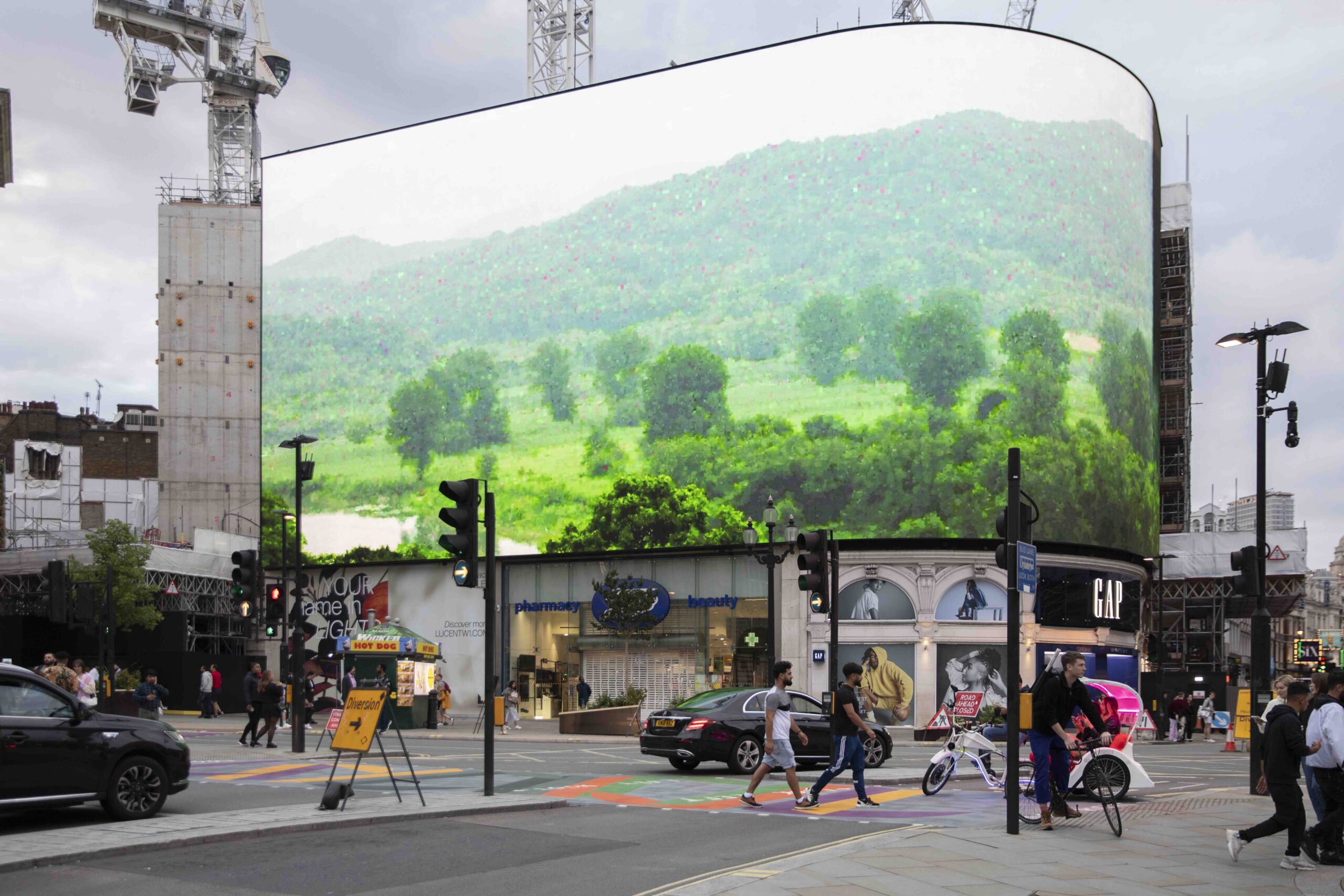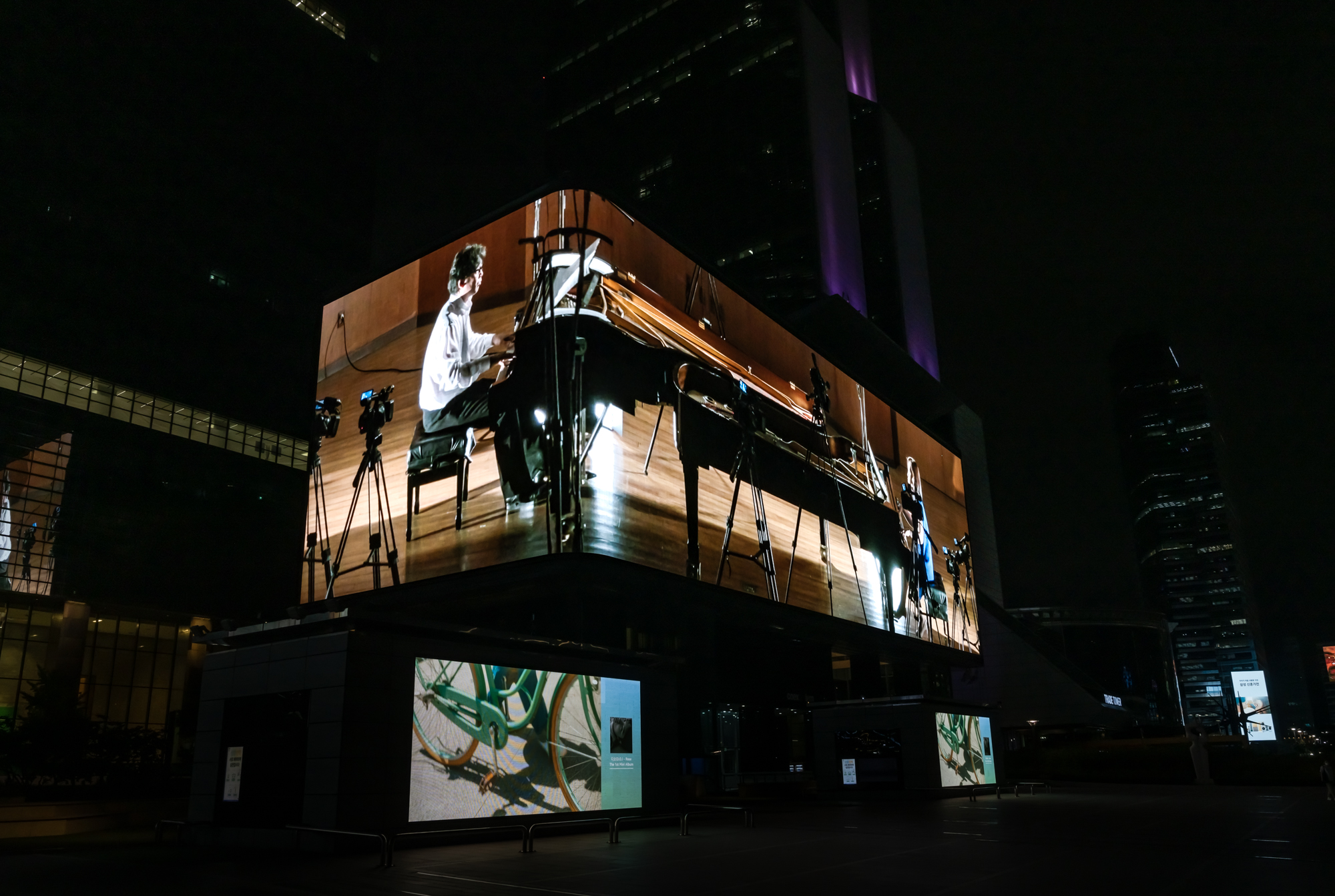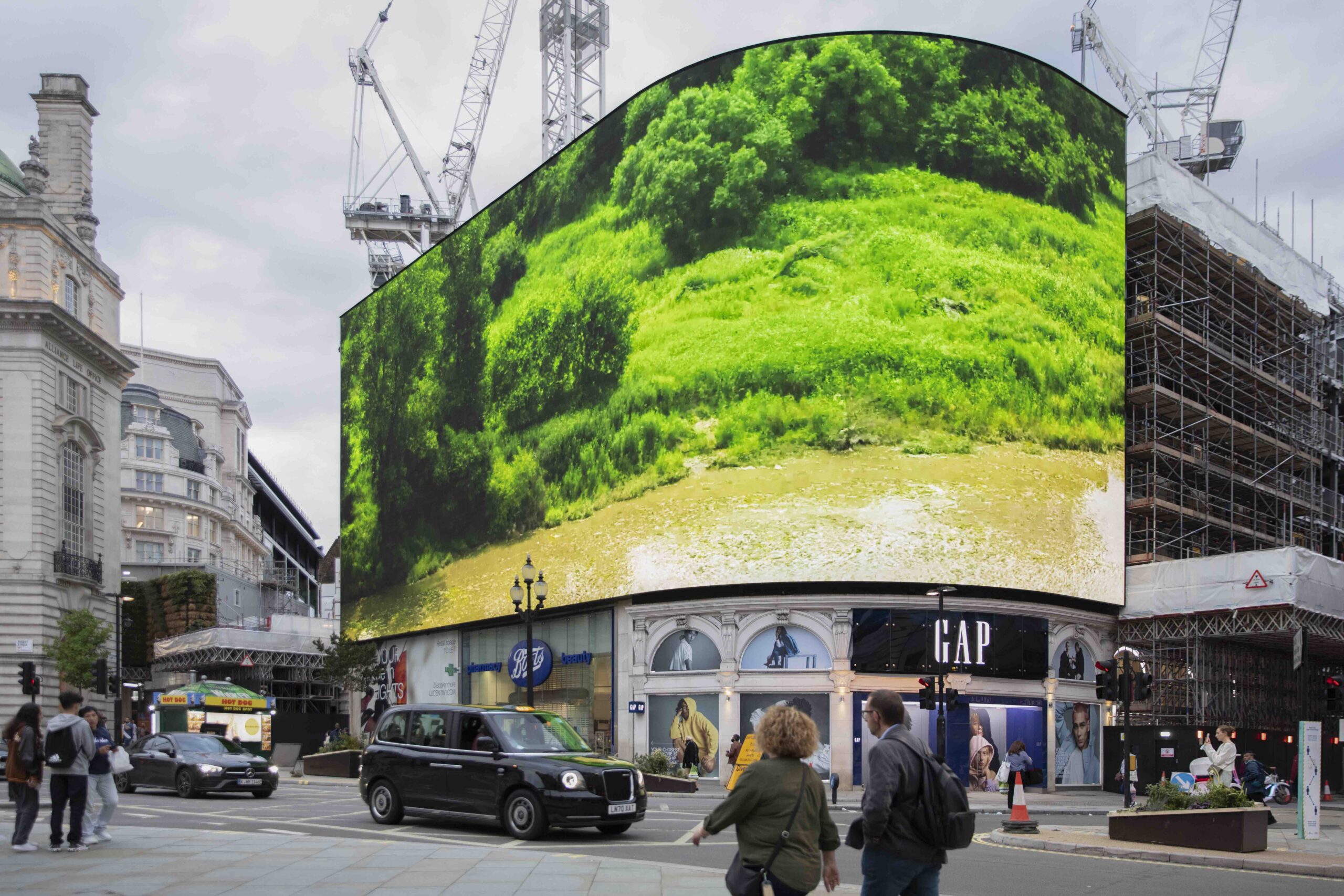Sojung Jun: From Agent Orange To Intoxicating Green
Written by Dr Cleo Roberts-Komireddi

A verdant stretch of land separates the Korean Peninsula into North and South. It is four times the size of the Seoul, South Korea’s capital, and with immense wetlands and significant mountains it is one of the world’s largest conservation areas on a par with the Amazon rainforest. It has the simultaneous accolade of being the world’s most fortified border. The expansive strip is bound in barbed wire, lined with thousands of troops and laden with unexploded landmines. This is the buffer, known as the Demilitarized Zone and the Civilian Control Zone, between North and South Korea. Instituted following a ceasefire in 1953, it has lain unpeopled for over six decades.
What has been carved into the landscape to separate these nation states also connects them. While the zone provides human security, it also provides ecology security. For this land, empty of people, has become a safe habitat for near to 2000 species of wildlife, including endangered and protected species. It contributes to regulating flooding and erosion. In sum, it is an unintentionally rich ‘living laboratory’.1 Sojung Jun’s new film, ‘Green Screen’, 2021, takes us here to her ecotopia. The radiant mirage interrupts London’s, Tokyo’s and Seoul’s architectural density. And an ostensibly lush paradise exposes itself to the many buzzing about these urban centres.2









